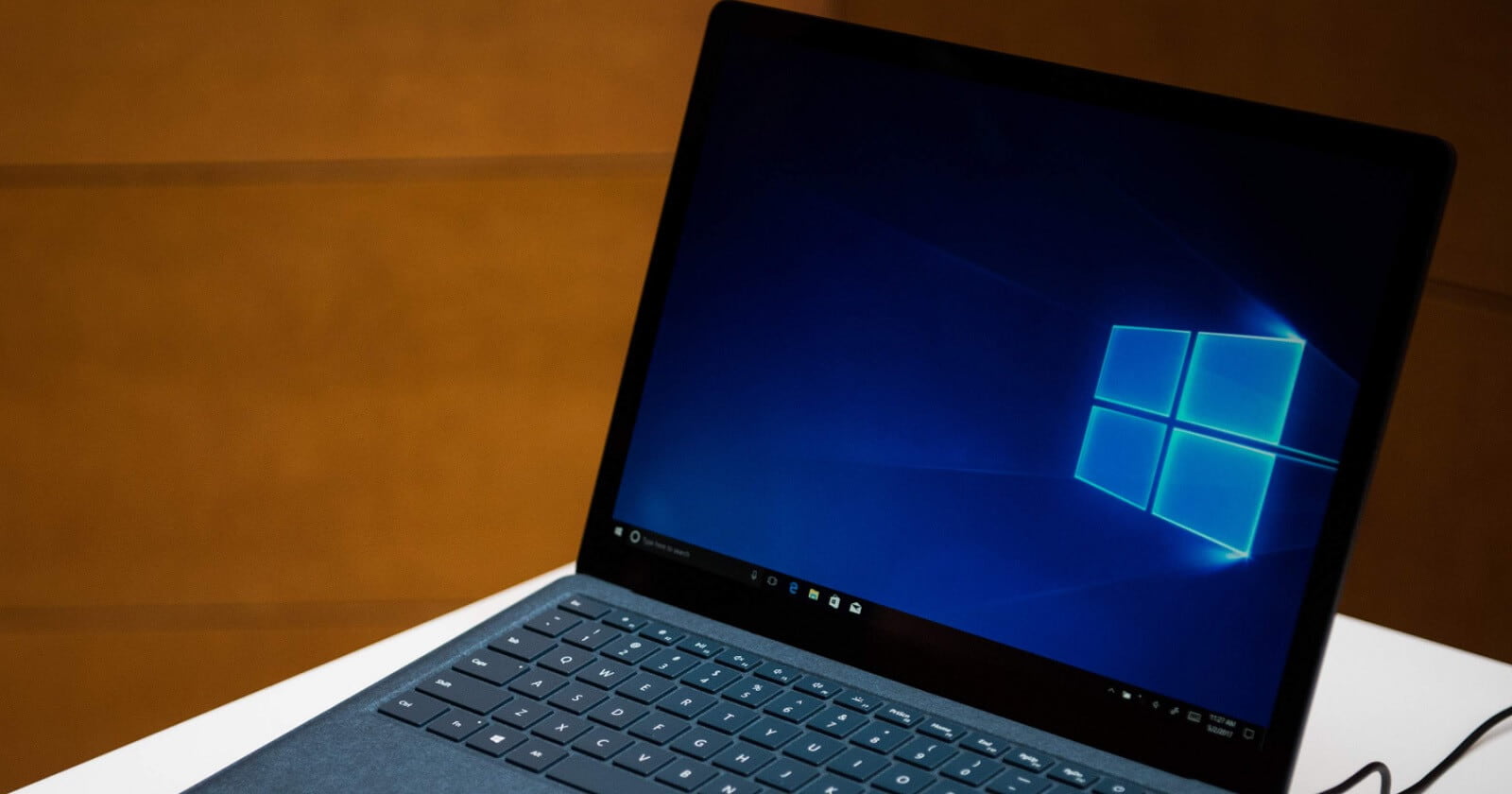
Windows 10 KB5053606 issues, install fails, printer spooler buggy and more
- 21.03.2025 19:56
- windowslatest.com
- Keywords: Windows 10, KB5053606
Windows 10 KB5053606 update has caused issues like installation failures (error 0x80070020), automatic updates overriding user settings, printer spooler bugs leading to crashes, and overall system instability.